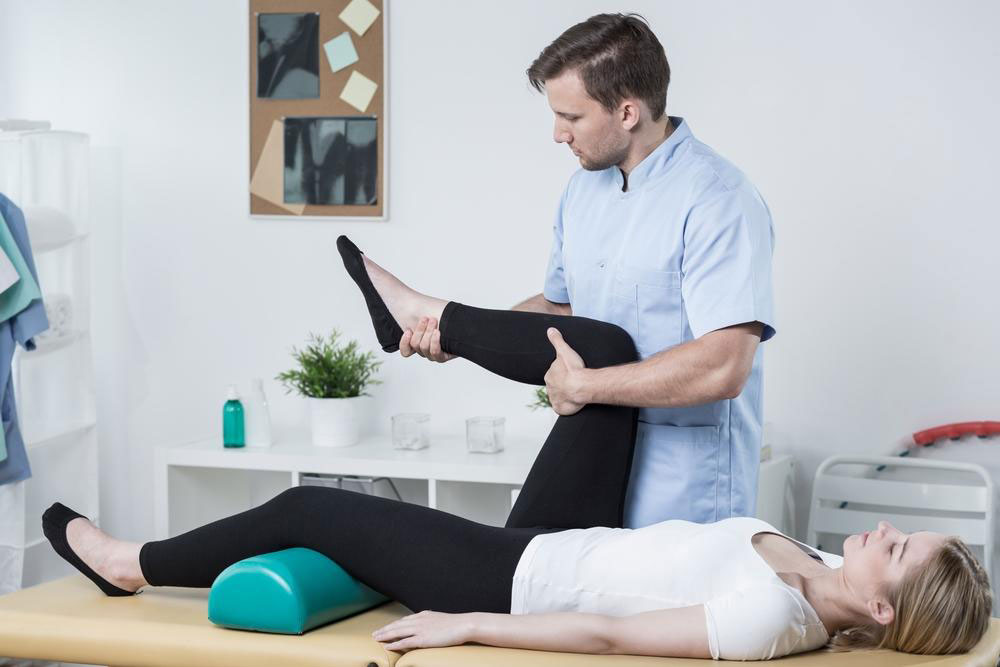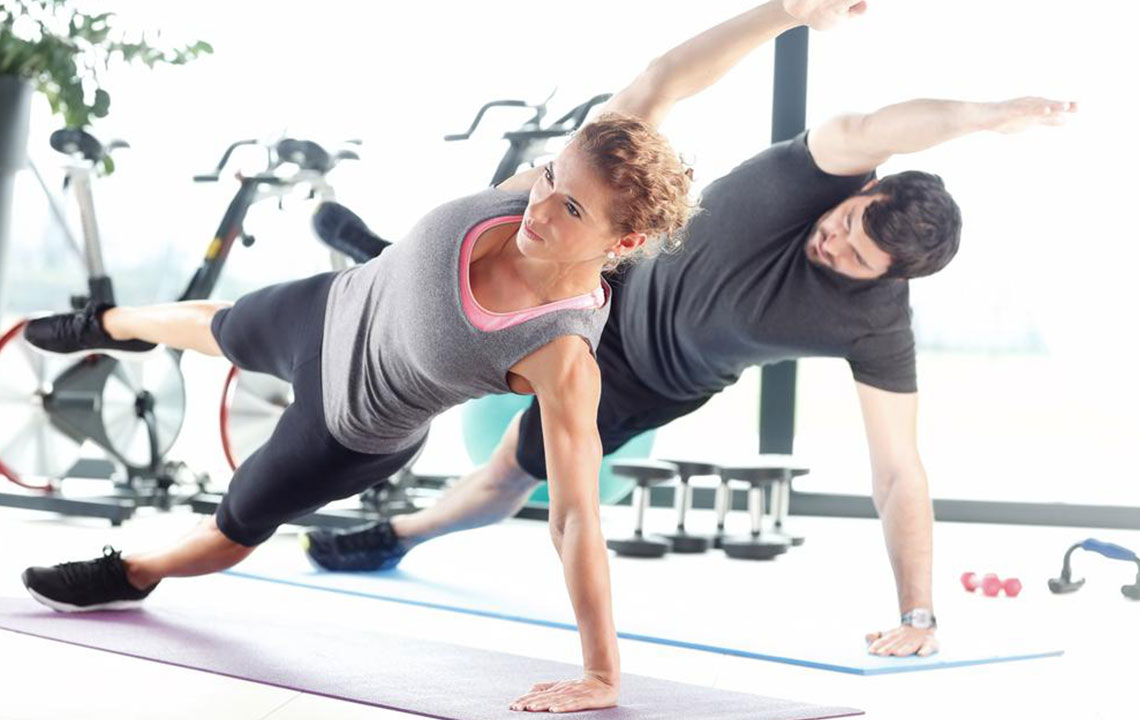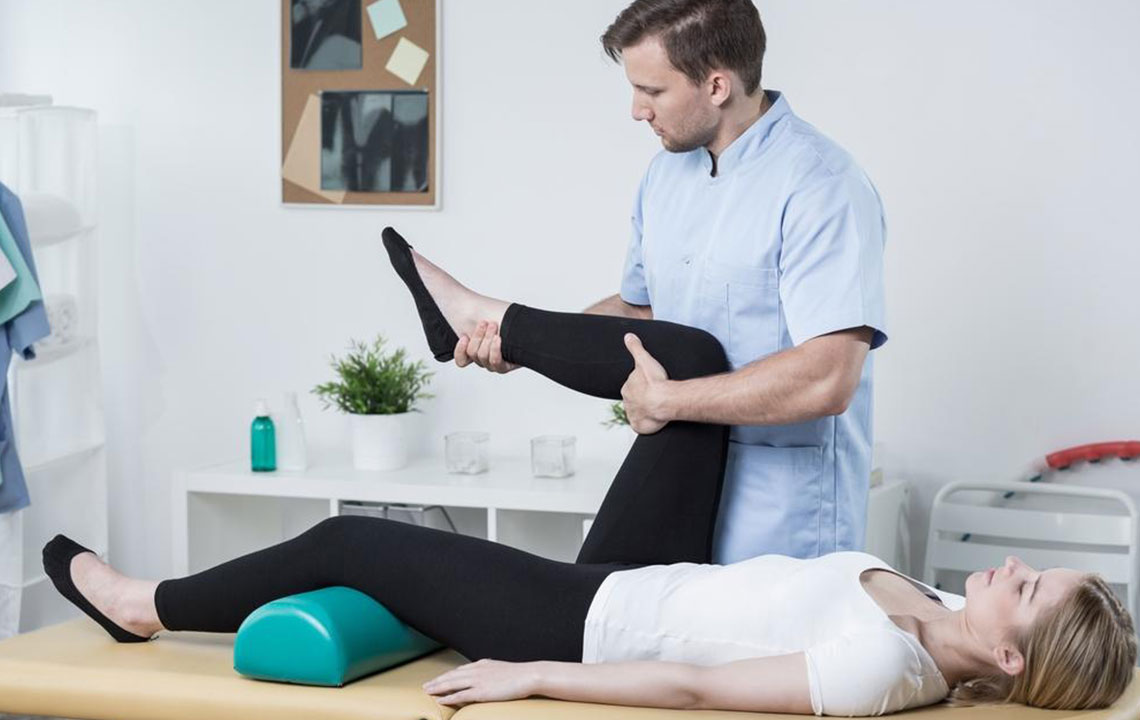Comprehensive Guide to Joint Exercises for Improving Mobility and Strength
Discover comprehensive joint exercises designed to improve mobility, strengthen the surrounding muscles, and prevent joint-related issues. Learn how to perform effective routines like balance drills, sacroiliac strengthening, and proper squats to enhance overall joint health. Incorporate warm-up and proper footwear tips for safer, more effective results. Regular practice can lead to lasting mobility improvements and reduced risk of conditions such as arthritis and joint stiffness, making it ideal for aging adults and those with sedentary lifestyles.

Comprehensive Guide to Joint Exercises for Improving Mobility and Strength
Healthy joints are the foundation of a flexible, active, and pain-free lifestyle. As we age or engage in a sedentary routine, the health and functionality of our joints tend to decline, resulting in stiffness, reduced range of motion, and increased vulnerability to conditions like arthritis and bursitis. Fortunately, adopting a routine of targeted joint exercises can significantly enhance joint health, prevent degenerative issues, and maintain overall mobility. These exercises not only promote joint flexibility but also strengthen the surrounding muscles, which support joint stability and function. Proper management involves warming up before exercise, wearing suitable footwear, and gradually increasing intensity to avoid strain or injury.
Incorporating these simple yet effective exercises into your daily fitness regime can lead to better joint health and improved quality of life. Consistency is key; even a few minutes each day can produce notable long-term benefits. Here, we explore fundamental joint exercises, focusing on techniques that promote flexibility, strength, and stability across major joints, including knees, hips, and lower back.
Remember, always consult with a healthcare professional before starting any new exercise program, especially if you have existing joint issues or chronic pain. Start slowly, listen to your body, and modify movements as necessary to suit your individual needs and capabilities.
Below are some proven joint exercises designed to strengthen your joints, improve flexibility, and enhance overall mobility:
One-Leg Balance and Stability Drills
Stand upright with your feet shoulder-width apart, ensuring a balanced posture. Shift your weight onto one leg, slightly bending the knee to maintain stability. While balancing, lift the opposite leg by bending the knee, extending it in front or to the side, and hold this position for about 30 seconds. Use a sturdy chair or wall for support if needed, especially during initial attempts. This exercise targets the knee joint, enhancing its strength and stability, which is crucial for daily movements such as climbing stairs or walking. To increase difficulty, consider balancing on a dynamic surface, such as a balance board or foam pad, to further engage stabilizer muscles.
Sacroiliac Joint Strengthening (Superman Pose)
Lie face down on a firm, comfortable surface with your arms extended straight in front of you and legs fully extended. Simultaneously lift your arms, chest, and legs slightly off the ground, engaging your lower back, glutes, and core muscles. Maintain this position for about 10 seconds, focusing on controlled movements, then gently lower back down. This exercise specifically targets the sacroiliac joint, which plays a vital role in supporting the lower back and hips. Regular practice can alleviate discomfort caused by joint strain or instability in this area.
Properly Executed Squats for Joint Flexibility and Strength
Stand with your feet shoulder-width apart, toes pointed slightly outward, and arms extended forward or placed on your hips for balance. Engage your core, keep your chest lifted, and bend your hips and knees simultaneously, lowering your body as if sitting back into a chair. Ensure that your knees track over your toes and do not extend beyond your toes. Lower yourself until your thighs are parallel to the floor or slightly below, then press through your heels to return to an upright position. Squats are excellent for strengthening the knee and hip joints, improving lower body muscle tone, and enhancing joint flexibility. Remember to perform movements in a controlled manner to prevent unnecessary strain.
In addition to executing these exercises, paying attention to proper footwear can reduce joint stress, particularly during weight-bearing activities. Supportive shoes with cushioning and appropriate arch support absorb impact and minimize injury risk. Always start with light warm-up activities such as brisk walking or gentle stretching to prepare your joints and muscles before engaging in targeted exercises. Cooling down with stretches focused on the major muscle groups involved in your workout helps maintain flexibility and reduce soreness.
Regular practice of these joint exercises can lead to long-term improvements in joint health, mobility, and overall functional capacity. Whether you are aiming to prevent age-related decline or rehabilitate from an injury, consistency and gradual progression are essential. Remember, individual needs vary, and adjustments may be necessary to accommodate specific health conditions. Consult a healthcare professional if you experience persistent joint pain or instability. Keep a focus on proper technique, listen to your body's signals, and stay committed to your joint health journey.
By integrating these routines into your daily fitness regimen, you make a proactive investment in your joint longevity, allowing you to stay active, pain-free, and independent for years to come.





